Transporter Function and N Use Efficiency
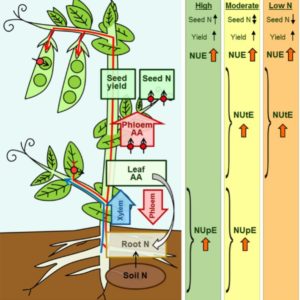 Nitrogen (N) is an essential nutrient that plants require in large amounts for growth and development. In industrial countries, high N fertilization enables maximum crop yields, and in the last 50 years, the use of synthetic N fertilizers has increased dramatically to meet food demands. Improving the efficiency of N uptake and utilization in plants could potentially increase crop yields while reducing N fertilization and, subsequently, environmental pollution. Within most plants, N is transported primarily as amino acids. Perchlik and Tegeder () have sought to determine whether the genetic manipulation of amino acid transport from source to sink affects plant N use efficiency in pea plants overexpressing AMINO ACID PERMEASE1 (AAP1). The modified plants were grown under low, moderate, or high N fertilization regimes. The results showed that, independent of the N nutrition, the engineered plants allocate more N via the vasculature to the shoot and seeds and produce more biomass and higher seed yields than wild-type plants. Dependent on the amount of N supplied, the AAP1-overexpressing plants displayed improved N uptake or utilization efficiency, or a combination of the two. Remarkably, with half the amount of N fertilizer supplied, the modified plants performed as well as wild-type plants grown with twice as much N. Overall, this work demonstrates that the manipulation of source-to-sink N transport provides a very promising approach for increasing plant productivity while optimizing N use.
Nitrogen (N) is an essential nutrient that plants require in large amounts for growth and development. In industrial countries, high N fertilization enables maximum crop yields, and in the last 50 years, the use of synthetic N fertilizers has increased dramatically to meet food demands. Improving the efficiency of N uptake and utilization in plants could potentially increase crop yields while reducing N fertilization and, subsequently, environmental pollution. Within most plants, N is transported primarily as amino acids. Perchlik and Tegeder () have sought to determine whether the genetic manipulation of amino acid transport from source to sink affects plant N use efficiency in pea plants overexpressing AMINO ACID PERMEASE1 (AAP1). The modified plants were grown under low, moderate, or high N fertilization regimes. The results showed that, independent of the N nutrition, the engineered plants allocate more N via the vasculature to the shoot and seeds and produce more biomass and higher seed yields than wild-type plants. Dependent on the amount of N supplied, the AAP1-overexpressing plants displayed improved N uptake or utilization efficiency, or a combination of the two. Remarkably, with half the amount of N fertilizer supplied, the modified plants performed as well as wild-type plants grown with twice as much N. Overall, this work demonstrates that the manipulation of source-to-sink N transport provides a very promising approach for increasing plant productivity while optimizing N use.


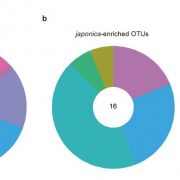
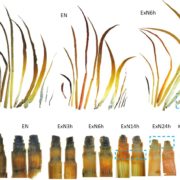
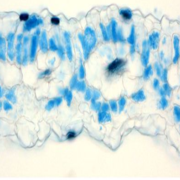
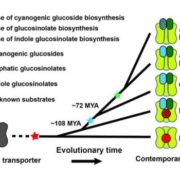
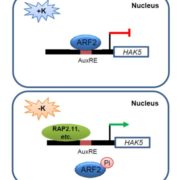
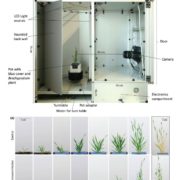
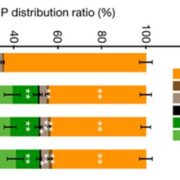
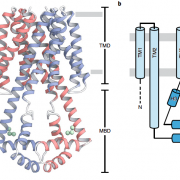


Leave a Reply
Want to join the discussion?Feel free to contribute!